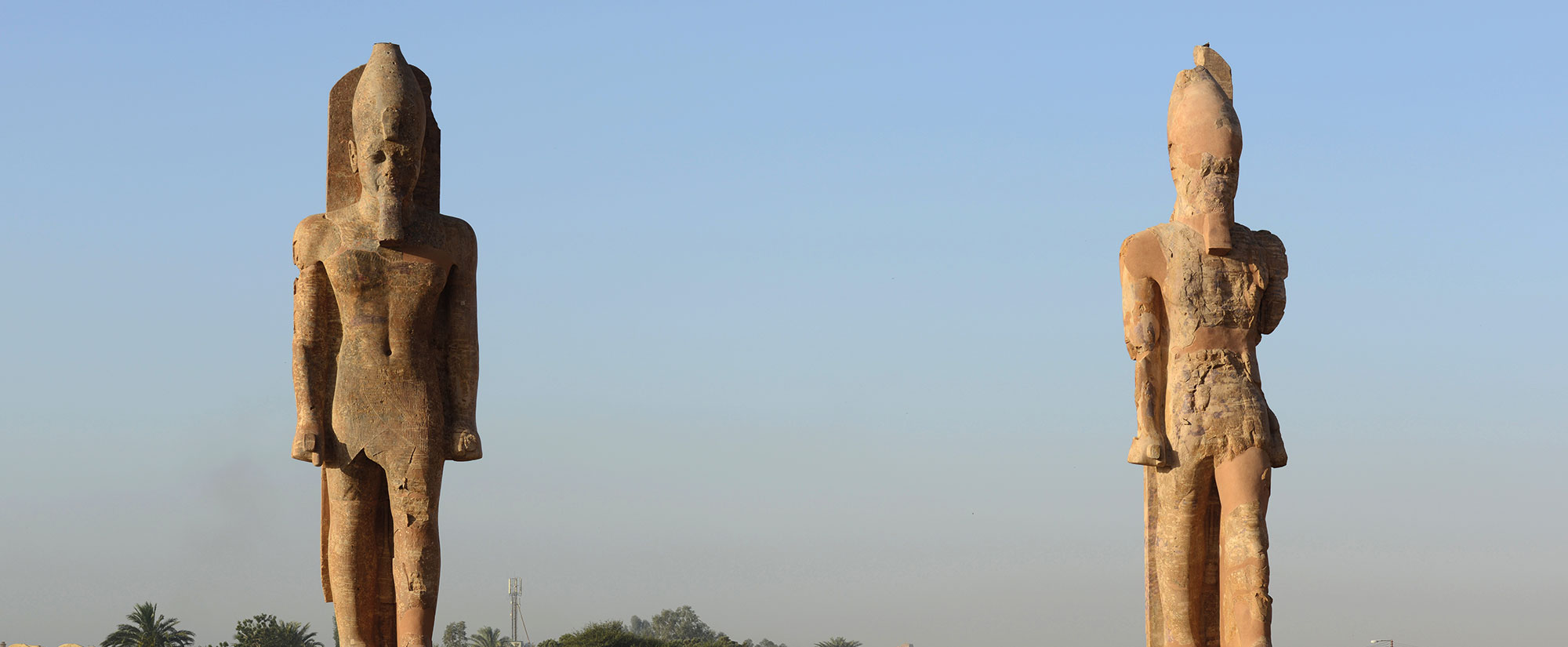KENT, ENGLAND—According to a report in The National Wales, traces of pesticides have been detected on a Roman copper-alloy bowl unearthed on a farm in southeastern England in 2016. The compound chlorobenzene is known to accumulate in soil and water, and may continue to pose a threat to archaeological material, explained Luciana da Costa Carvalho of the University of Oxford and her colleagues. It was found in the spots of green-colored corrosion on the bowl, while brown-colored spots contained traces of diethyltoluamide, or DEET, which is still used in insect repellents today, Carvalho explained. Read the original scholarly article about this research in Scientific Reports. To read about a golden bowl belonging to the Urnfield culture that was recently unearthed in Austria, go to "A Shining Example."
Pesticides May Have Contributed to Corrosion on Roman Bowl
News October 6, 2022
Recommended Articles
Artifacts January/February 2022
Roman Key Handle
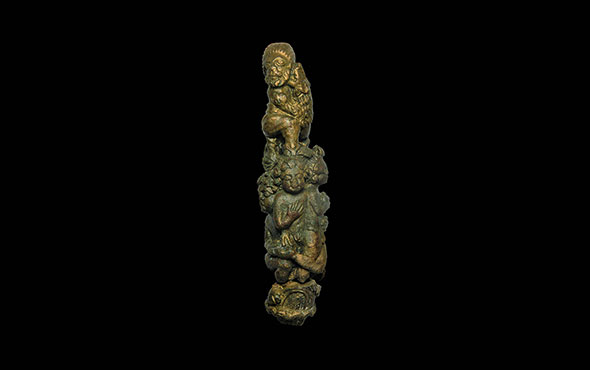
Digs & Discoveries March/April 2023
Early Medieval Elegance

Digs & Discoveries November/December 2021
Identifying the Unidentified

Digs & Discoveries September/October 2021
Leisure Seekers
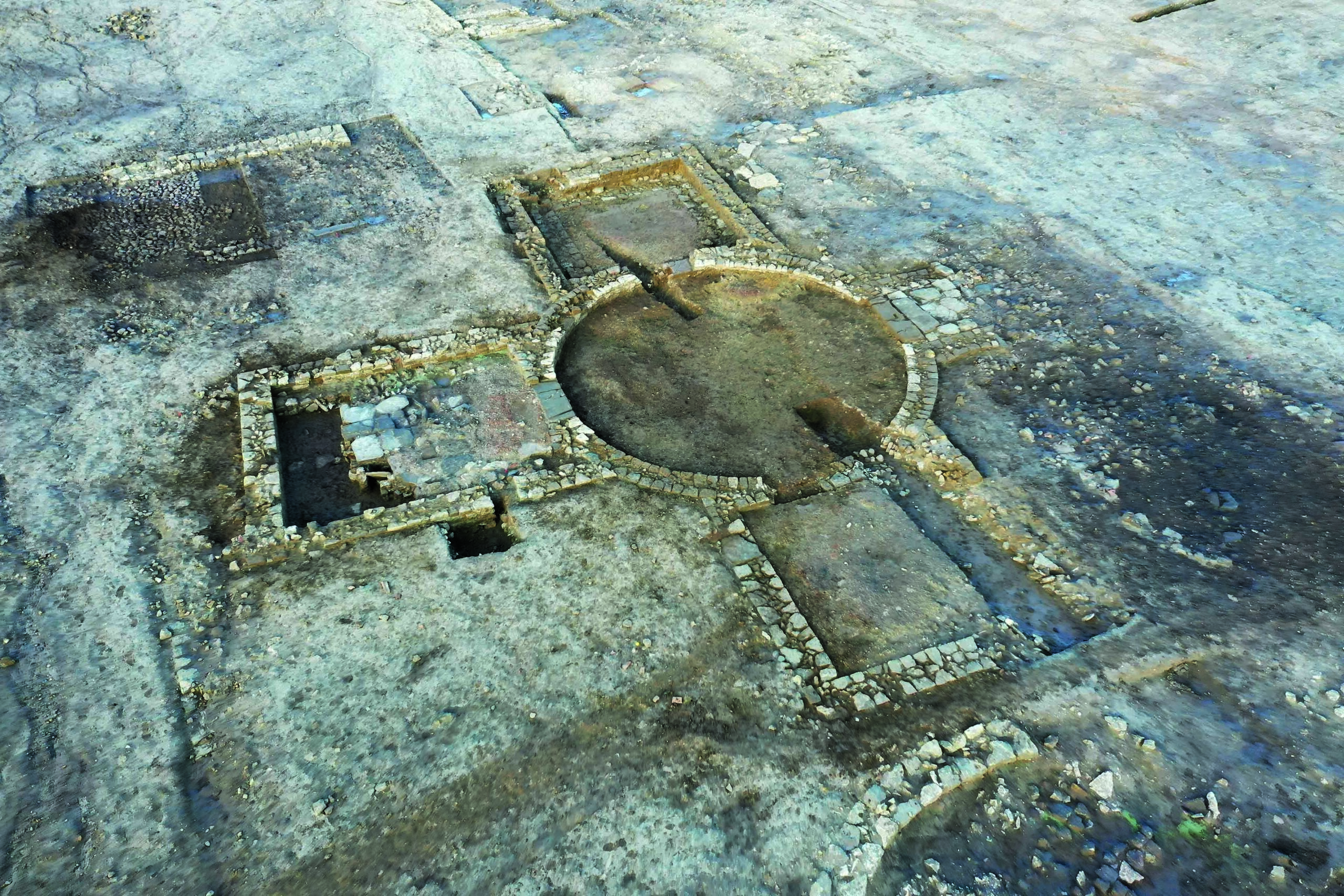
-
Features September/October 2022
1,000 Fathoms Down
In the Gulf of Mexico, archaeologists believe they have identified a nineteenth-century whaling ship crewed by a diverse group of New Englanders
 (Courtesy the New Bedford Whaling Museum)
(Courtesy the New Bedford Whaling Museum) -
Letter from Germany September/October 2022
Berlin's Medieval Origins
In the midst of modern construction, archaeologists search for evidence of the city’s earliest days
 (Courtesy Landesdenkmalamt Berlin/Michael Malliaris)
(Courtesy Landesdenkmalamt Berlin/Michael Malliaris) -
Artifacts September/October 2022
Nordic Bronze Age Figurine
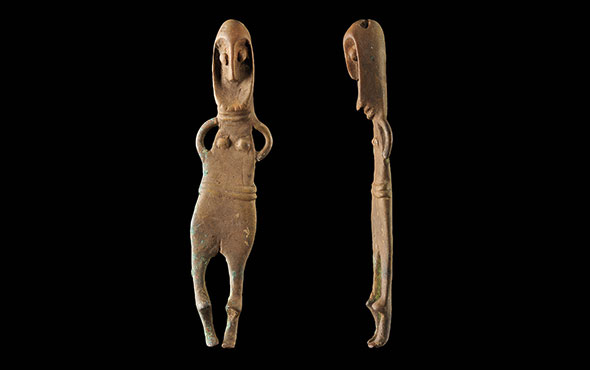 (Courtesy Thomas Terberger)
(Courtesy Thomas Terberger) -
Digs & Discoveries September/October 2022
The Case of Tut's Missing Collar
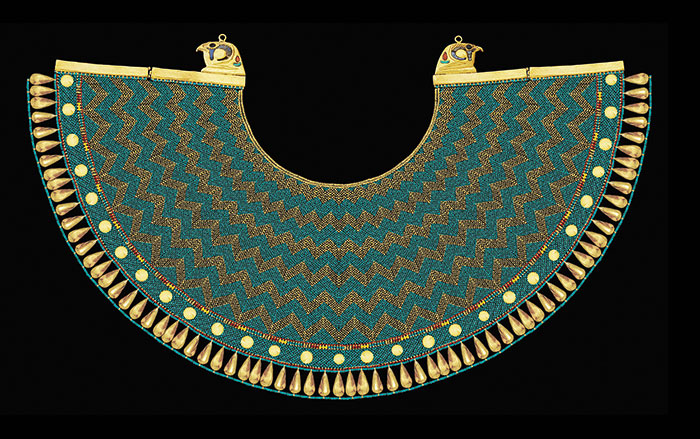 (Courtesy Marc Gabolde)
(Courtesy Marc Gabolde)


